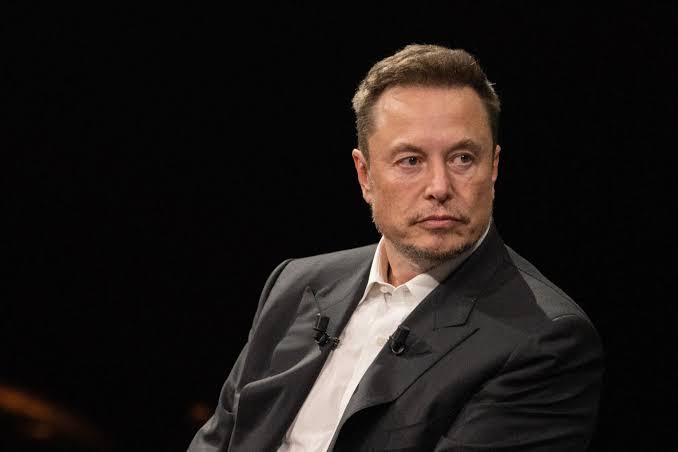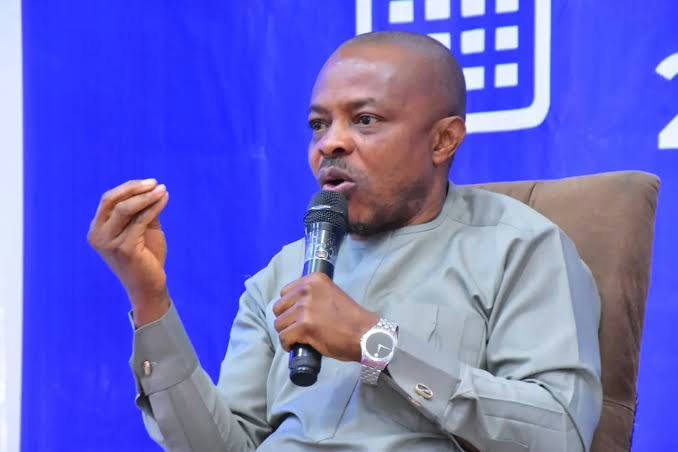Smartphone users across the globe will soon be able to make calls from the most remote locations using Elon Musk’s Starlink technology.
The breakthrough service leverages a vast constellation of low-Earth orbit satellites, offering users connectivity without the need for traditional cell towers.
In contrast to conventional satellite phones, which typically require expensive, specialised hardware, Starlink allows users to make calls using their regular smartphones.
This marks a significant shift in global communications, particularly in areas where conventional signal coverage is unavailable.
The Federal Communications Commission (FCC) granted SpaceX approval in November for Starlink to support T-Mobile customers in the United States, keeping them connected in ‘cellular dead zones’.
Subsequent discussions between Starlink and the FCC confirmed that the technology had been successfully tested with leading mobile phone brands including Apple, Samsung, and Google.
These tests, conducted in both expansive outdoor areas and urban environments, showed promising results even in indoor locations.
Starlink also expects the technology to be compatible with older mobile devices, extending its reach to a broader range of users.
Beyond regular connectivity, this innovation is expected to play a vital role in emergency situations, including search and rescue missions, providing a lifeline in areas that lack internet or mobile signals.
Traditional satellite services are reliant on a single geostationary module orbiting at a distance of 35,786 km from Earth.
This results in high latency, which hampers real-time communication and streaming. In contrast, Starlink’s low-Earth orbit satellites significantly reduce latency, enabling smoother data transmission and overcoming challenges associated with traditional satellite systems.
This leap forward in satellite technology represents a major milestone in global connectivity, bringing the world closer together and offering seamless communication through innovative satellite-based solutions.











Leave a Reply